Beware Toxic Mushrooms
After the first fall rains, the East Bay hills come alive with mushrooms. Sprouting in an array of dazzling colors, these fungal fruitbodies can be beautiful – but some of them are deadly poisonous.
The Bay Area is home to two of the world’s most toxic mushrooms – Amanita phalloides (death cap) and Amanita ocreata (western destroying angel). Both are robust, handsome mushrooms that grow near oak trees, and both contain lethal toxins.
Amanita phalloides (death cap) is a medium to large mushroom that typically has a greenish-gray cap, white gills, a white ring around the stem, and a large white sac at the base of the stem. It fruits early in the fall, usually right after the first rains. Though the death cap is mainly associated with oak trees, it has been found growing with other hardwoods. It was accidentally introduced to North America on the roots of European cork oaks, and is now slowly colonizing the West Coast.
Amanita ocreata (western destroying angel) is a medium to large mushroom that usually has a creamy white cap, white gills, a white ring around the stem that disappears with age, and a thin white sac at the base. It fruits from late winter into spring, and is associated exclusively with oaks. Unlike the death cap, it is a native California mushroom.
Both of these species contain amatoxins, a group of molecules that inhibit cellular metabolism in many animals. In mammals, the liver and kidneys are typically the first organs affected after ingestion. Symptoms don’t usually appear until up to 12 hours after consumption, beginning as severe gastrointestinal distress and progressing to liver and renal failure if treatment is not sought immediately.
While these two species are responsible for most cases of mushroom poisonings in California, deadly amatoxins can be found in Galerina and Lepiota species as well, both of which occur in the Bay Area.
Park visitors should remember that mushroom collecting is not allowed anywhere in the East Bay Regional Park District. If you are legally harvesting mushrooms elsewhere, learn these two species before any others and do not let them end up on your dinner table. Pet owners are encouraged to keep their animals under close watch during the winter months, and contact a veterinarian immediately if you suspect your pet has eaten a toxic mushroom.
Recommended reading: Mushrooms of the Redwood Coast, Siegal & Schwarz. 10-speed Press, 2016.
Image 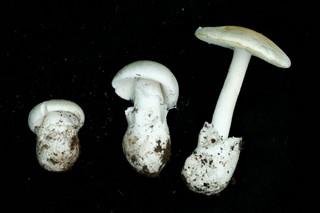 | Image 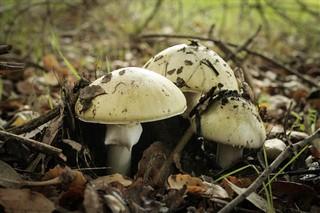 |
Image 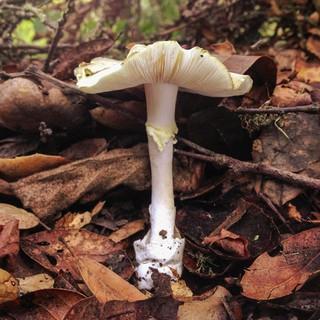 Amanita phalloides | Image 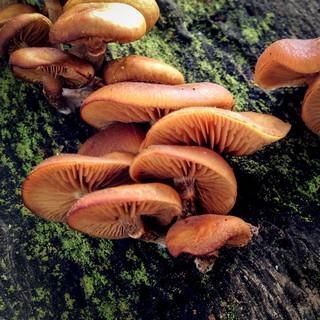 |
Image 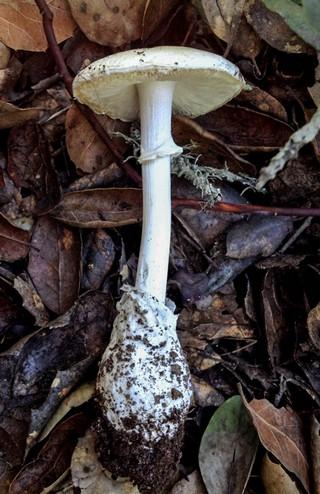 | Image  Amanita phalloides |
Text and photos by Trent Pearce, Naturalist, Tilden Nature Area

